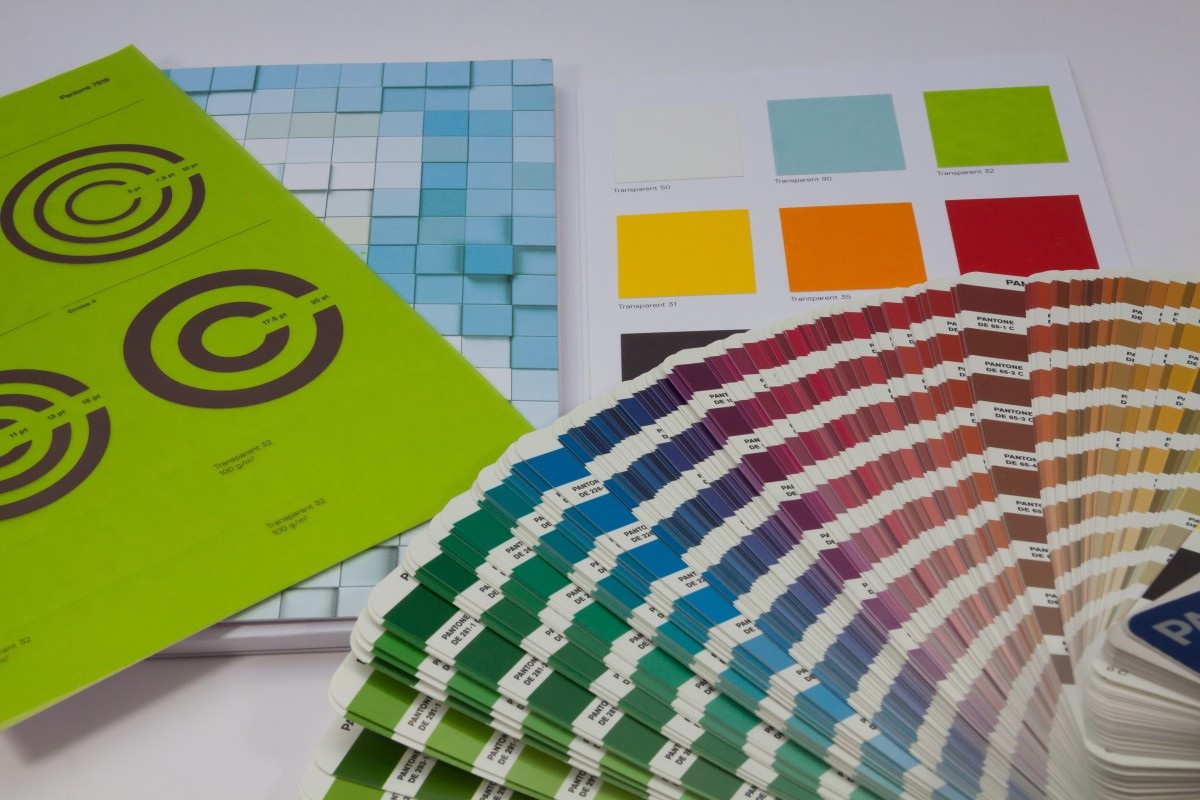Understanding the Intricacies of Ink Formulation:
Its Impact on Print Quality and Longevity
In the realm of printing, whether it's on paper, fabric, or other materials, the ink used is the lifeblood of the process. It's not just about adding color to a surface; ink formulation plays a critical role in determining the quality and longevity of the print. From vividness of colors to resistance against fading, understanding the intricacies of ink composition is essential for achieving optimal results in any printing endeavor.
Ink Formulation Components

Pigments or Dyes:
Pigments are solid, finely ground particles dispersed in the ink to provide color. They come in various forms, including organic and inorganic compounds, and offer different properties such as lightfastness and color intensity. Dyes, on the other hand, are soluble substances that impart color when dissolved in the ink. They tend to provide brighter and more vibrant colors compared to pigments. The choice between pigments and dyes depends on factors like desired color intensity, substrate compatibility, and longevity requirements. Pigments are often preferred for their superior lightfastness and durability, making them suitable for applications where longevity is crucial.
Solvents:
Solvents serve as the vehicle for dispersing pigments or dissolving dyes, facilitating their application onto the substrate. They evaporate during the drying process, leaving behind the colorant on the surface. The selection of solvents depends on factors such as drying time, substrate compatibility, environmental considerations, and regulatory compliance. Common solvents include water, alcohols, ketones, and hydrocarbons.
Additives:
Additives are incorporated into ink formulations to modify specific properties such as viscosity, drying time, adhesion, and resistance to abrasion or chemical exposure. Antioxidants, UV stabilizers, and anti-blocking agents are examples of additives used to enhance ink stability and prevent degradation over time. Rheology modifiers help control ink flow and consistency, ensuring uniform coverage and preventing issues like bleeding or feathering.
Binders:
Binders are resins or polymers that form a film matrix to anchor the pigments or dyes onto the substrate's surface after drying. They provide adhesion and cohesion properties, improving durability and resistance to environmental factors. Common binder types include acrylics, polyurethanes, and styrene-butadiene latex, each offering unique attributes such as flexibility, gloss, and water resistance.
Impact on Print Quality and Longevity

Color Accuracy and Vibrancy:
The choice of pigments or dyes significantly influences the color accuracy and vibrancy of the print. High-quality pigments with excellent dispersion properties result in vivid and true-to-life colors, whereas inferior pigments may lead to dull or inaccurate hues.
Fade Resistance:
Lightfastness, or the ability of the ink to resist fading when exposed to light, is crucial for ensuring print longevity. Pigments with superior lightfastness ratings offer better resistance against UV-induced fading, preserving the print's appearance over time.
Durability and Adhesion:
The binder plays a crucial role in enhancing the ink's adhesion to the substrate and providing mechanical strength to withstand handling, abrasion, and environmental factors. A well-formulated ink with the right binder ensures durable prints that maintain their integrity even under harsh conditions.
Print Consistency and Reproducibility:
Ink formulation influences print consistency across different batches and printing conditions. A stable formulation with precise control over viscosity, drying time, and color density ensures uniformity in print quality, minimizing variations and achieving reproducible results.
Compatibility with Substrates:
Ink formulation must be tailored to suit the characteristics of the substrate, whether it's paper, plastic, fabric, or metal. Compatibility ensures proper adhesion, minimal bleeding or feathering, and optimal print resolution, maximizing the quality and longevity of the print.
Environmental Impact:
Ink formulation choices also have implications for environmental sustainability and safety. Water-based inks, for instance, offer lower VOC emissions and reduced environmental footprint compared to solvent-based counterparts. Moreover, eco-friendly additives and binders contribute to greener printing practices without compromising performance.
In conclusion, ink formulation is a multifaceted aspect of printing that significantly influences both print quality and longevity. By understanding the role of pigments, solvents, additives, and binders, printers can make informed choices to achieve desired outcomes in terms of color accuracy, fade resistance, durability, and environmental sustainability. Investing in high-quality inks with well-balanced formulations is essential for producing prints that captivate the eye and stand the test of time.